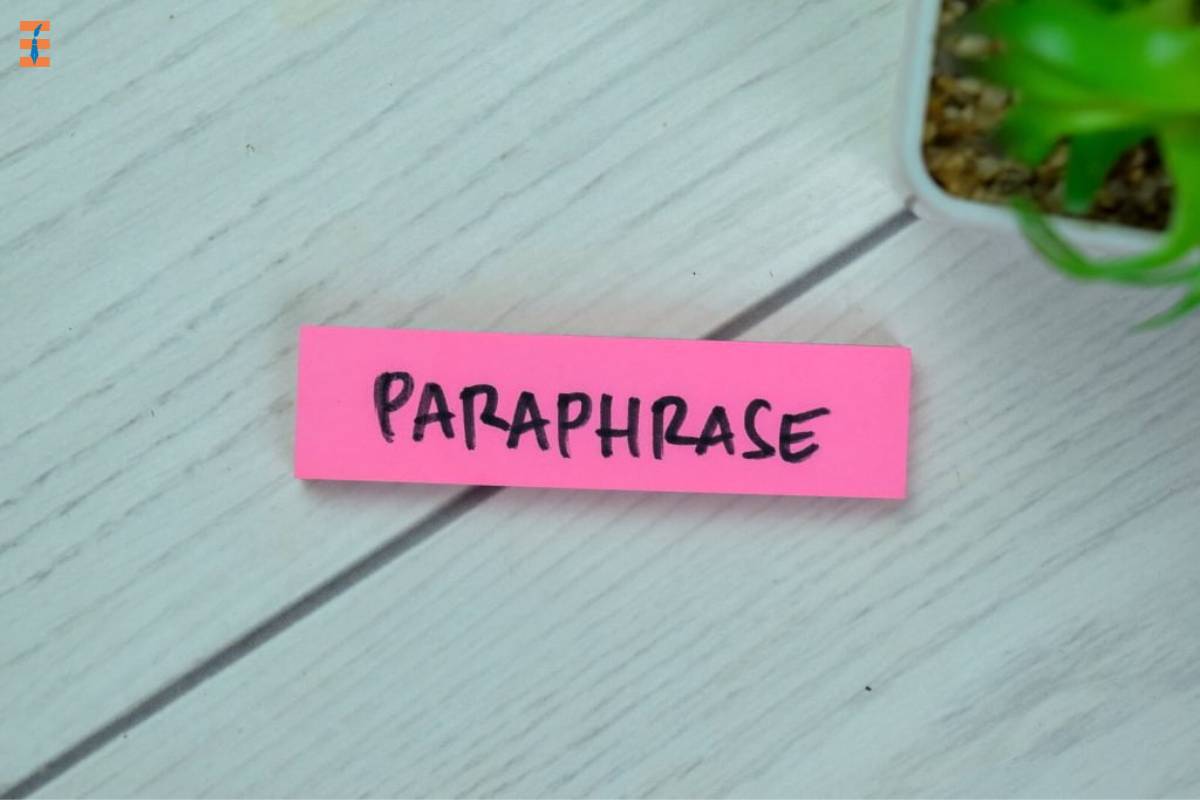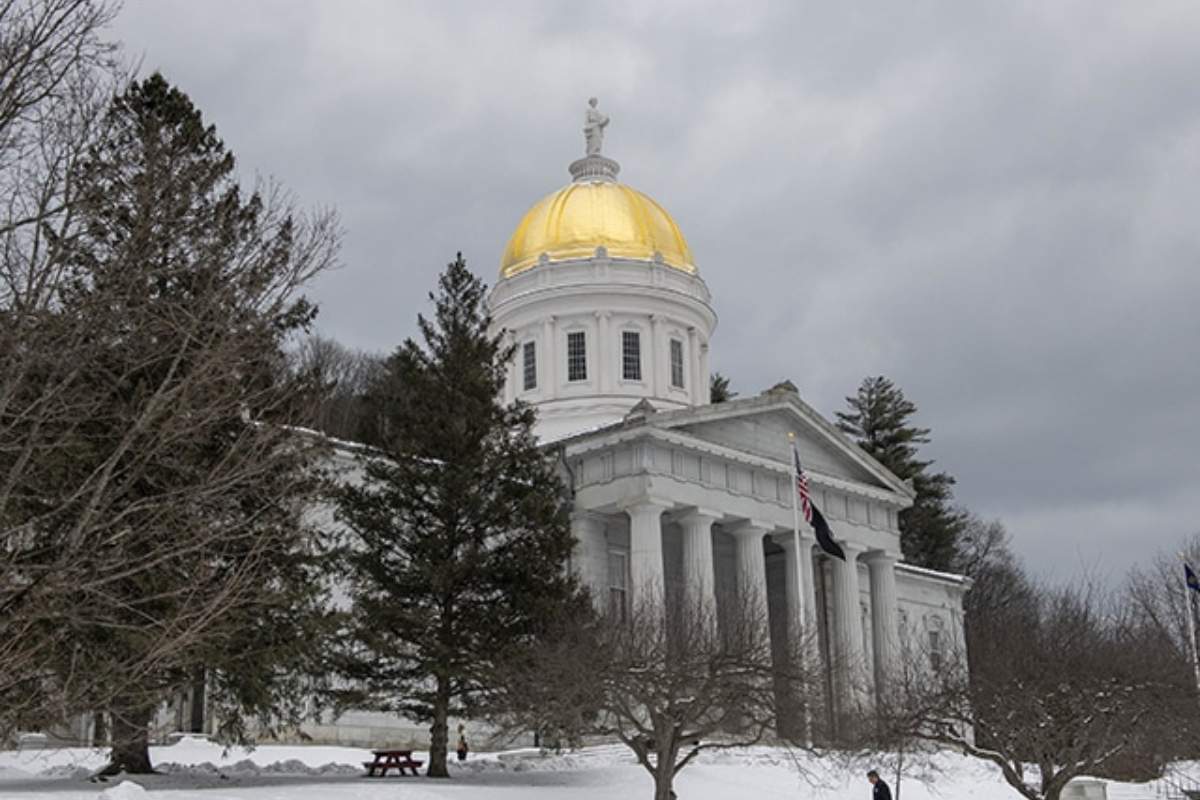In the field of digital marketing, content quality matters more than anything else. It includes rephrasing the existing text and retaining the core meaning of the content. Paraphrasing will improve the content quality and help you to avoid plagiarism while creating. Content writing is an art that you can learn easily by practicing daily. In this article, you will read the art of paraphrasing and excel in content quality at new heights. It will offer you a unique perspective toward enhancing content quality and making your content unique.
Understanding the Importance of Paraphrasing
The art of paraphrasing is more than just replacing words with synonyms; it’s about reimagining the expression of an idea. It helps maintain the original author’s message while allowing you to incorporate the concept into your voice and context. This is especially relevant in academic, professional, and creative writing, where originality and authenticity are highly valued.
Here are 6 points that help you to master the art of paraphrasing:
1. The Paraphrasing Process

i. Comprehend the Source Material
Before attempting to paraphrase, ensure you fully understand the original text. Break down complex sentences and grasp the underlying ideas.
ii. Change Sentence Structure
Alter the sentence structure while preserving the original meaning. Transform complex sentences into simpler ones and vice versa.
iii. Synonyms and Word Choice
Utilize synonyms and alternative words to replace those in the source material. However, be cautious not to overuse synonyms, as they can lead to awkward phrasing.
iv. Rearrange Phrases
Experiment with the order of phrases and clauses. This can give your paraphrased content a unique flow while retaining its essence.
v. Change Voice and Perspective
Switch between active and passive voice or change the perspective (first-person to third-person, for instance) to infuse your style.
vi. Incorporate Examples and Analogies
Enhance the clarity and richness of your paraphrased content by integrating examples, analogies, or metaphors that support the original idea.
2. Tips for Successful Paraphrasing
i. Cite the Source
Always acknowledge the source of the content you’re paraphrasing. Proper attribution is essential for ethical writing.
ii. Use Multiple Sources
Avoid over-reliance on a single source. Consult various materials to gain a comprehensive understanding of the topic and facilitate the art of paraphrasing.
iii. Practice and Refinement
The art of paraphrasing is a skill that improves with practice. Regularly engage in paraphrasing exercises to refine your technique.
iv. Read Actively
When reading the source material, actively engage with the content. This will help you internalize the ideas and make effective art of paraphrasing.
v. Capture the Essence
Focus on grasping the central message or idea in the source material. Your paraphrased content should convey the same core meaning.
vi. Maintain a Consistent Tone
Ensure that the tone and style of your paraphrased content align with the overall tone of your writing.
3. Enhancing Content Quality Through The Art Of Paraphrasing

i. Fresh Perspective
The art of paraphrasing allows you to present information from a new angle, which can engage readers and encourage deeper understanding.
ii. Originality
By rephrasing content, you infuse your unique voice and perspective, resulting in more original and authentic content.
iii. Clarity and Simplification
Paraphrasing often leads to clearer and more concise content, making complex ideas more accessible to a broader audience.
iv. Avoiding Plagiarism
Accurate paraphrasing helps you avoid unintentional plagiarism while still benefitting from existing research and ideas.
v. Adapting to the Audience
Through paraphrasing, you can tailor complex information to suit the comprehension level and interests of your specific audience.
vi. Seamless Integration
Well-paraphrased content seamlessly integrates with your overall narrative, contributing to a cohesive and coherent piece.
4. Strategies for Effective Paraphrasing
i. Contextual Understanding
Before attempting to paraphrase, thoroughly understand the context and meaning of the original text. This will help you capture the essence of the content you’re working with.
ii. Break Down Complex Sentences
Complex sentences can be challenging to paraphrase. Break them down into smaller parts, focusing on one idea or clause at a time.
iii. Replace Keywords
Identify keywords or phrases in the original text and replace them with synonyms. However, be cautious not to alter the meaning by using inappropriate synonyms.
iv. Change Sentence Structure
Alter the structure of the sentence while retaining the original meaning. Convert passive voice to active voice or vice versa, and experiment with different sentence patterns.
v. Use Different Phrasing
Avoid replicating the original sentence structure. Rearrange the words, clauses, and phrases to create a fresh phrasing of the idea.
vi. Condense and Expand
Condense lengthy passages into concise statements or expand succinct ideas into more detailed explanations, while maintaining accuracy.
vii. Focus on the Main Ideas
Identify the main ideas and key concepts in the original text. Paraphrase these central elements while omitting unnecessary details.
viii. Add Personal Insights
Infuse your paraphrased content with your insights, examples, or experiences, which can enhance the depth and relevance of your writing.
ix. Maintain Consistency
Ensure that your paraphrased content aligns with the overall tone, style, and purpose of your writing. Consistency is key to maintaining the flow of your content.
5. Checking for Accuracy and Originality

i. Compare with the Original
After paraphrasing, compare your version with the original text. Make sure that the core message remains intact and accurate.
ii. Avoid Close Replication
While paraphrasing, be cautious of inadvertently replicating the sentence structure or wording of the original. Strive for originality.
iii. Check for Plagiarism
Use plagiarism detection tools or software to ensure that your paraphrased content is distinct from the source.
iv. Read Aloud
Reading your paraphrased content aloud can help you identify awkward phrasing, inconsistencies, or errors that might not be apparent when reading silently.
v. Seek Feedback
Share your paraphrased content with peers, mentors, or editors. Their feedback can provide valuable insights into the quality and effectiveness of your paraphrasing.
6. Incorporating Paraphrased Content
i. Integrate Seamlessly
Paraphrased content should seamlessly fit within the context of your writing. Ensure a smooth transition between your original thoughts and paraphrased material.
ii. Provide Proper Attribution
When paraphrasing from external sources, always provide appropriate citations and references to give credit to the original authors.
iii. Highlight Key Points
Use paraphrased content to highlight key points, support arguments, or provide evidence. This can enhance the depth and credibility of your writing.
Conclusion
When you start content writing as a profession, you have to focus the content quality and maintain ethical writing practices. The art of paraphrasing helps you to avoid plagiarism and showcase creativity in your texts. After mastering the art of paraphrasing, you will resonate with the intended audience. It is about rephrasing, using correct grammar, implementing various ideas, and reimaging your content. With the help of regular practice and the right amount of dedication, you can target the audience and master the art of paraphrasing. We hope you enjoyed reading our article and understood the importance of improving content quality.
Also Read: Informative Essay Writing Tips: Crafting Compelling Informative Articles










